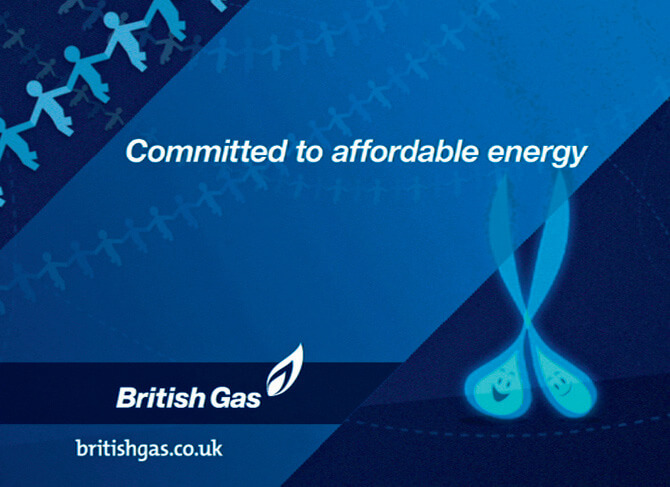The toughest audience
You know what’s really hard about internal brand engagement? Everything. Even experienced marketers – toughened in battles with rivals, wise to the capricious ways of consumers, scarred from encounters with powerful retailers – get a shock the first time they take the game to the people on the inside.
What makes the employee audience such a tough one? A range of factors. It is usually less homogenous than the consumer audience the brand is aimed at. An energy company that targets domestic users, for example, may have an employee population that spans nuclear scientists and meter readers.
While consumers freely choose their brands, and may develop some kind of emotional relationship with them, employees are often where they are for more humdrum reasons of location or pay. If they are already overworked, delivering a new brand positioning will be an unwelcome addition to their task list. Initiative fatigue could be a factor. Departmental rivalries don’t help.
Marketers, meanwhile, may conclude that employee apathy will be the biggest issue, and devise big launch events to overcome it, only to discover that the real mood is closer to open hostility, as employees use the spotlight of engagement to unveil a litany of gripes.
Internal brand engagement has come onto the scene relatively late in the history of marketing, so there are still many marketers who will be doing it for the first time.
Everyone has become aware that it is vital though, sensitised by stories such as the debacle of British Gas launching its ‘Doing the right thing’ campaign without informing its own people first. Even in non-service categories differentiation is increasingly achieved by what employees can bring to the party. So what are the ‘rules of engagement’? Here are five tips to think about.
First, prioritise. It is amazing how marketers who love segmentation for consumers abandon it for the employee message. Yet, not all employees will have an equally direct influence on the brand. In an organisation of, say, 10,000 people, it makes sense to focus on the ones who can disproportionately affect customers, or who have a particularly strong influence inside.
Second, think of it as a process, not an event. The inspiring big-day launch is a key component, but it should be flanked by months of structured activity on either side. Before the event, it will be about understanding employees better and involving them; afterwards, it will be about being clear on what each person can do to make the brand a reality, coupled with a programme of rewards and reminders.
Third, involve HR early. Many of the levers that will make the difference between success and failure are in their hands. They can smooth the way by dealing with employee gripes, and help you devise reward programmes to incentivise low-paid, but often customer-facing, employees.
Fourth, take your time with cynics. An unseemly rush to win them over is the undoing of many an employee programme, especially in values-led organisations. Recognise that cynics are often the conscience of an organisation; listen to them, and nuance your positioning if necessary. If you get them on side, they will become evangelists.
Fifth, measure.
Lastly, take heart that no matter how difficult internal brand engagement is in your organisation, there is always someone out there for whom it is even harder. Right now, that someone is Ed Miliband. Internal audiences don’t come any tougher than that.
Notoriously difficult to get right, there are several well-known failure stories and one or two successes.
In 1997, United Airlines tried to reposition as the most passenger-centric airline with its ‘Rising’ ad campaign. Unfortunately, at the same time, dissatisfied flight attendants launched their own campaign, CHAOS (Creating Havoc Around Our System).

British Gas invested in brand engagement six months after launching ‘Doing the right’ thing service initiative.
In 2003, British Gas trumpeted its ‘Doing the right thing’, service initiative with a £50m campaign. After six months of struggling to live up to the promise, it started telling its own staff about it via a £2m internal comms campaign.
Ritz-Carlton is a classic case of successful engagement. To help staff deliver on its refined, attentive service promise its internal motto is: “We are ladies and gentlemen serving ladies and gentlemen.”
Online shoe store Zappos promises to deliver ‘wow’ customer service, and brand engagement helps it do this. The offer of $2,000 to quit after initial training singles out the truly committed.
